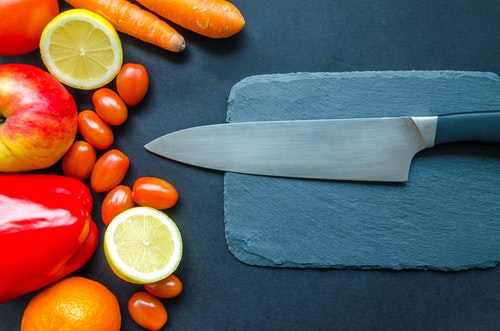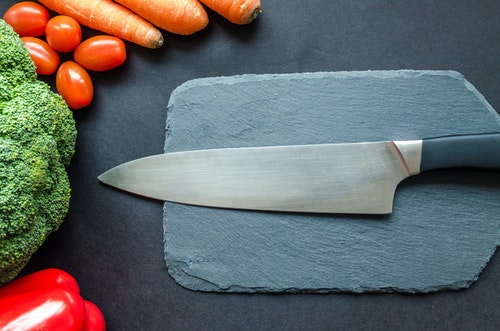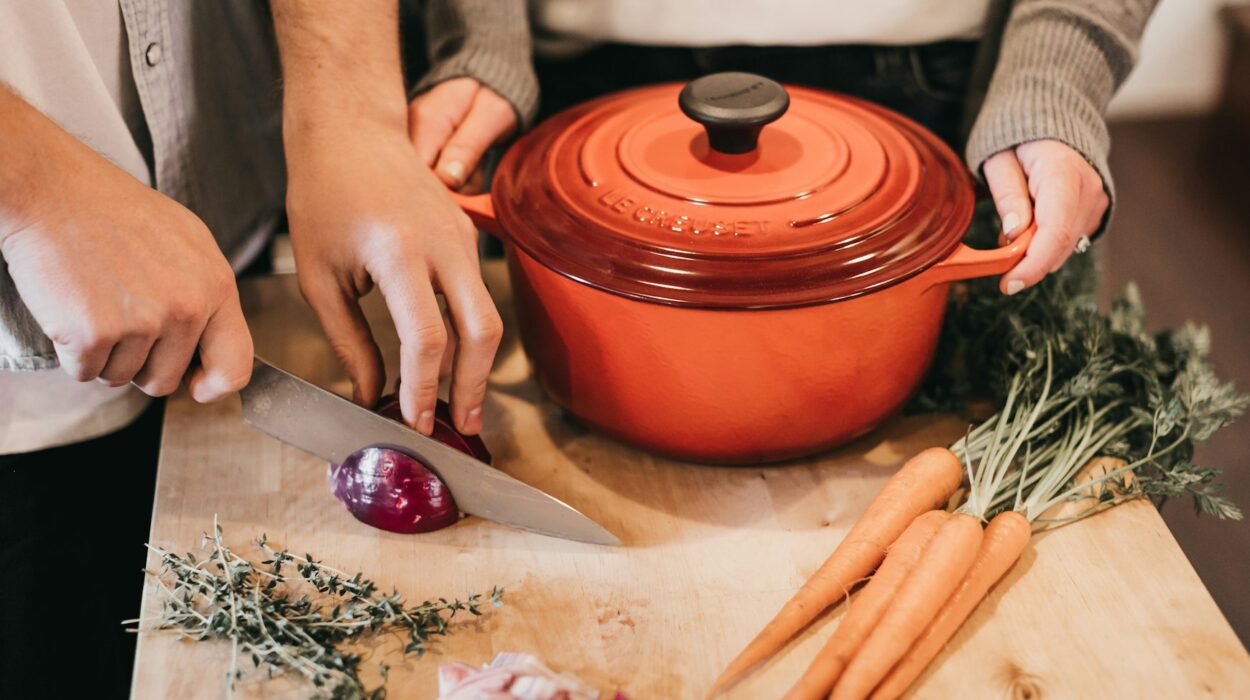For kitchen hobbyists, learning how to use a nakiri vegetable knife effectively can significantly enhance their culinary skills. The nakiri knife is a Japanese blade designed specifically for vegetable cutting. This article will guide you through the steps to master this versatile tool and ensure your vegetable preparations are precise and efficient.

History of the Nakiri Knife
The nakiri knife originated in Japan and has been a staple in traditional Japanese kitchens. Known for its rectangular blade, the nakiri is distinctively designed for chopping vegetables, making it a favorite among home cooks and professional chefs.

Understanding the Anatomy of the Nakiri Knife
Blade Design
The blade of a nakiri knife is flat and rectangular, allowing for precise, clean cuts. This blade design is perfect for slicing, dicing, and chopping vegetables without the need for see-saw motion.
Handle
The handle of the nakiri knife provides a comfortable grip, ensuring optimal control. Most nakiri knives have wooden or synthetic handles that balance the knife’s weight effectively.

Benefits of Using a Nakiri Knife
Precision Cutting
One of the primary advantages of using a nakiri knife is its ability to make precise cuts. This is essential for dishes that require uniform vegetable pieces, such as stir-fries and salads.
Ease of Use
Due to its design, the nakiri knife is easy to handle, even for beginners. Its flat blade ensures a smooth, consistent cut, reducing the learning curve for new users.

Choosing the Right Nakiri Knife
Material
When choosing a nakiri knife, consider the material of the blade. High-carbon stainless steel is often preferred for its durability and sharpness.
Size and Weight
The size and weight of the nakiri knife should feel comfortable in your hand. A well-balanced knife will make cutting tasks less strenuous.
Essential Techniques for Using a Nakiri Knife
Chopping
Hold the handle firmly and use a straight-down motion to chop vegetables. This technique ensures even, clean cuts without damaging the vegetables.
Slicing
To slice with a nakiri knife, start with the tip of the blade and gently drag it through the vegetable. This method is ideal for creating thin, uniform slices.
Maintenance Tips
Sharpening
Regularly sharpen your nakiri knife to maintain its edge. A sharp blade makes cutting more efficient and safer.
Cleaning
Always clean your nakiri knife by hand to preserve its quality. Avoid using dishwashers as they can dull the blade and damage the handle.
FAQs
1. What makes the nakiri knife different from other vegetable knives?
The nakiri knife’s flat blade is designed specifically for clean and precise chopping of vegetables, unlike other knives which may require a rocking motion.
2. Can beginners use a nakiri knife?
Yes, beginners can use a nakiri knife. Its design makes it easier to handle and ensures smoother cutting.
3. How often should I sharpen my nakiri knife?
It is recommended to sharpen your nakiri knife every few weeks, depending on usage.
Explore More on Knife Skills
For more tips on using different kitchen knives, you can check out different types of kitchen knives.
As an Amazon Associate, I earn from qualifying purchases.


